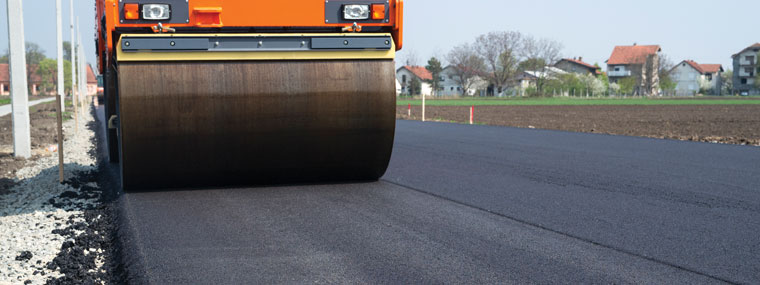
Environmental Sustainability for Your Asphalt Pavement
By Rodger Rowles / Published February 2021

The future of our private and public infrastructure and the demand on finite natural resources will be best served once people understand how the right maintenance products, used at the proper time, will help save the environment and money.
Rejuvenation transforms an expense to an asset. This investment in the property has been proven to save thousands of dollars by significantly extending the life of your pavement by as much as 300 percent. Rejuvenating the existing asphalt is an environmentally friendly alternative to milling and repaving, which has a negative effect on the environment by releasing greenhouse gasses and by leaving a carbon footprint caused by the manufacturing, transporting, and installation of the asphalt material.
Your pavement inventory is one of the most critical physical assets that impact your association’s capital reserve dollars. Effective management of that pavement saves you money; every dollar spent on pavement preservation saves $6 to $10 dollars on future repairs and replacement.
All Rejuvenators Are Not the Same—A product called CPR (Conditioning Pavement Rejuvenator) is in the pavement, not on it, with only a small amount of carbon solids (five percent) remaining on the surface of the pavement. It is a three-component product and has approximately four times less carbon solids than are contained in a two-part rejuvenator; it provides greater and deeper penetration and replaces the evaporated asphalt oils from the oxidized pavement.
Why Asphalt Pavements Deteriorate—Asphalt deterioration is a chemical as well as a physical process. It is the chemical aspect that people fail to recognize when planning a pavement maintenance program. The exposure to the UV rays from the sun, especially here in Florida, is devastating to your pavement. Oxidation chemically alters the asphalt binder, the glue that holds the mix of sand and stone together. This oxidation effect makes the binder hard and brittle and prone to raveling (releasing of stone and sand). The surface then becomes rough and cracks form.
Conditioning Pavement Rejuvenator replaces the asphalt’s oils lost through oxidation. It penetrates the surface 3 8 to ½ inch, which improves the actual condition of the asphalt. It stops the raveling, keeps the pavement flexible, and provides superior fuel resistance. CPR has been extensively tested by the Army Corp of Engineers along with various state agencies. It meets the FAA’S latest P-632 specification and is used on airfield pavements worldwide as well as parking lots for commercial industries, shopping centers, office buildings, apartments, and condominiums.
Rodger Rowles
CEO, PRT Group
Rodger Rowles is CEO of PRT-Group. For more information, email rodgerintransit@prt-group.com or call (484) 557-0353.




